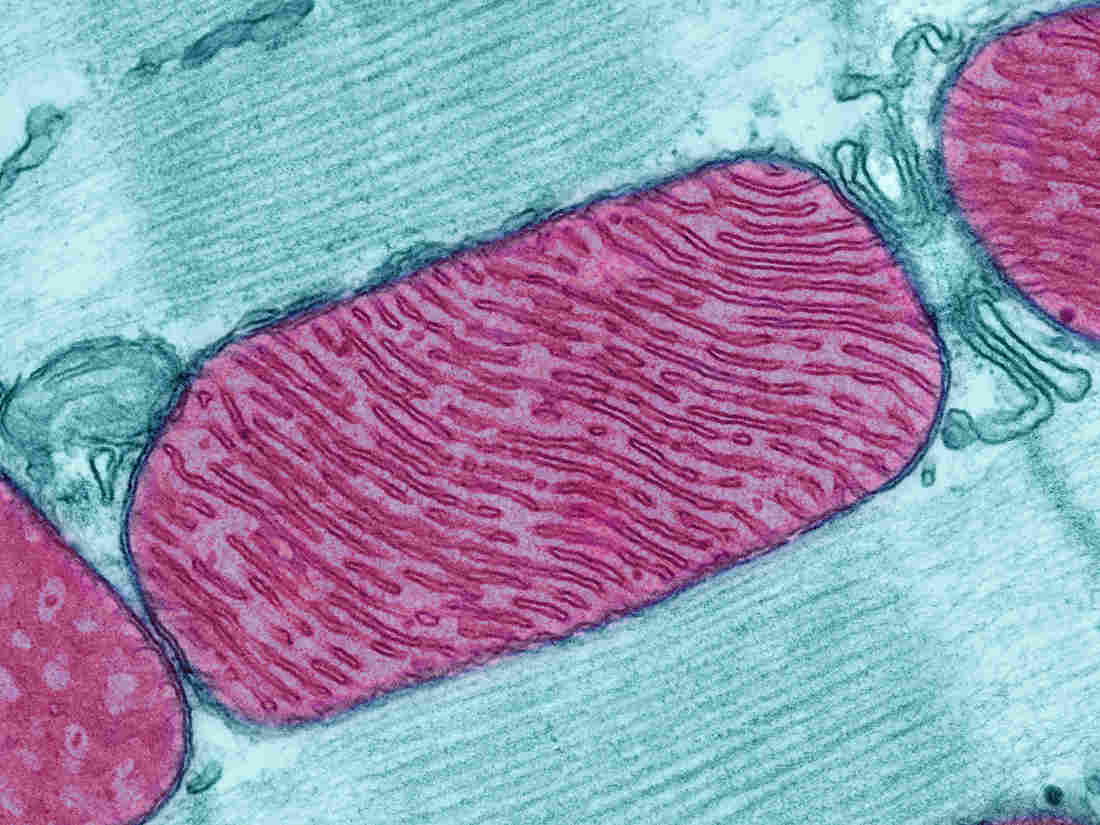Scientists have found microbes that should not exist

Scientists have discovered complex microorganisms with the nucleus and other signs of the structure of eukaryotes, which in this case lacks one of the main components - mitochondria. These are the first eukaryotes with such a structure, discovered by biologists.
Eukaryotic organisms are those organisms whose cells contain a nucleus (which contains the genetic apparatus) and special organelles that multiply by division and surrounded by a membrane - mitochondria and plastids.
In their structure (they even have their own DNA) and vital functions, these organelles are so similar to bacteria that scientists have decided - they are descendants of bacteria that have entered into symbiotic relationships with eukaryotes. Mitochondria work as cell power stations; their main function is the oxidation of organic compounds and the use of energy released during their decay to generate electrical potential, synthesize adenosine triphosphate and generate heat.
')
In addition to eukaryotes, there are prokaryotes - single-celled living organisms that do not have a nucleus and most organelles, including mitochondria. As a result, all cellular organisms are divided into eukaryotes (with the nucleus and mitochondria) and prokaryotes (without them). But now, it seems, scientists will have to rewrite biology textbooks.
"[Mitochondria] were considered as necessary components of eukaryotic cells and the very sign of such cells," says Anna Karnkowska, a researcher in evolutionary biology at the University of British Columbia.
Scientists have long tried to find complex cellular organisms devoid of mitochondria, and once they even thought that they had found such an organism — these were Giardia , intestinal parasites living in the intestines of humans and birds. However, it soon became clear that although they lack the mitochondria and the Golgi apparatus, they have rudimentary mitochondria — mitosomes that have a double membrane and are supplied with proteins in the same way as mitochondria, but lack genetic material.
One of the main functions of mitochondria is the assembly of iron-sulfur clusters for certain proteins. So, even if the microbe receives energy in some exotic way, and it has some organelles that do not look like human mitochondria, it will still be mitochondria.
So the researchers were looking for just such rudimentary organelles that perform the functions of mitochondria in a new microbe isolated from the intestinal microflora of chinchilla. But after deciphering the DNA, it turned out that the microorganism does not produce any mitochondrial proteins at all. “It was a huge surprise for us,” explains Anna. “In theory, such a situation should have simply killed this cell — it should not exist.”
Apparently, microorganisms use a different mechanism for assembling iron-iron clusters, which they learned from bacteria. At the same time, scientists are confident that these microorganisms are not a transitional link between prokaryotes and eukaryotes, but simply show us how flexible life can be.
“They live in an environment in the absence of oxygen, and therefore they don’t need the complex chemistry that we need with you to survive our cells,” explains Mark Van Der Giezen, a researcher in the field of evolutionary biochemistry at Exeter University. - This organism managed to adapt to the environment, losing the organelle, which in any textbook is presented as an essential feature of eukaryotes. It's amazing. This shows how creative life approaches to prolonging its existence. ”
Source: https://habr.com/ru/post/372237/
All Articles